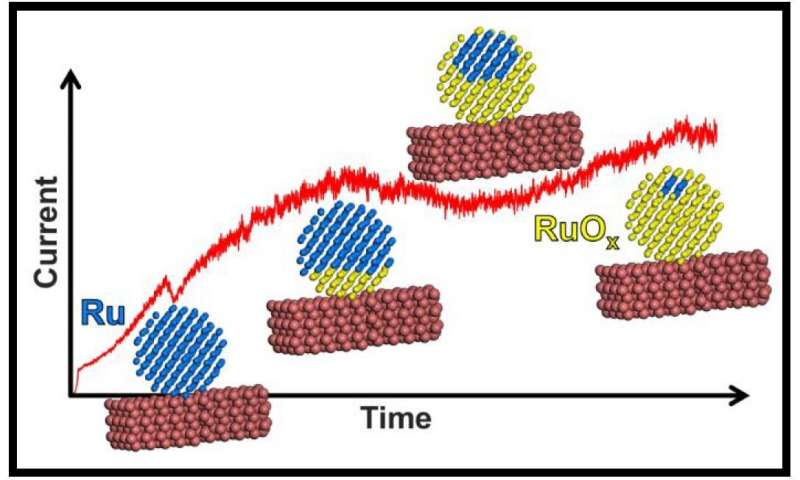A catalyst’s utility is influenced by its surface
charge and how that charge is transferred. Until recently, studying
charge transfer has relied on complex imaging techniques that are
both expensive and time-consuming. Scientists at the Okinawa
Institute of Science and Technology Graduate University (OIST)
report an approach for studying charge transfer that does not rely
on complicated equipment—simplifying the real-time observation of
catalysis.




